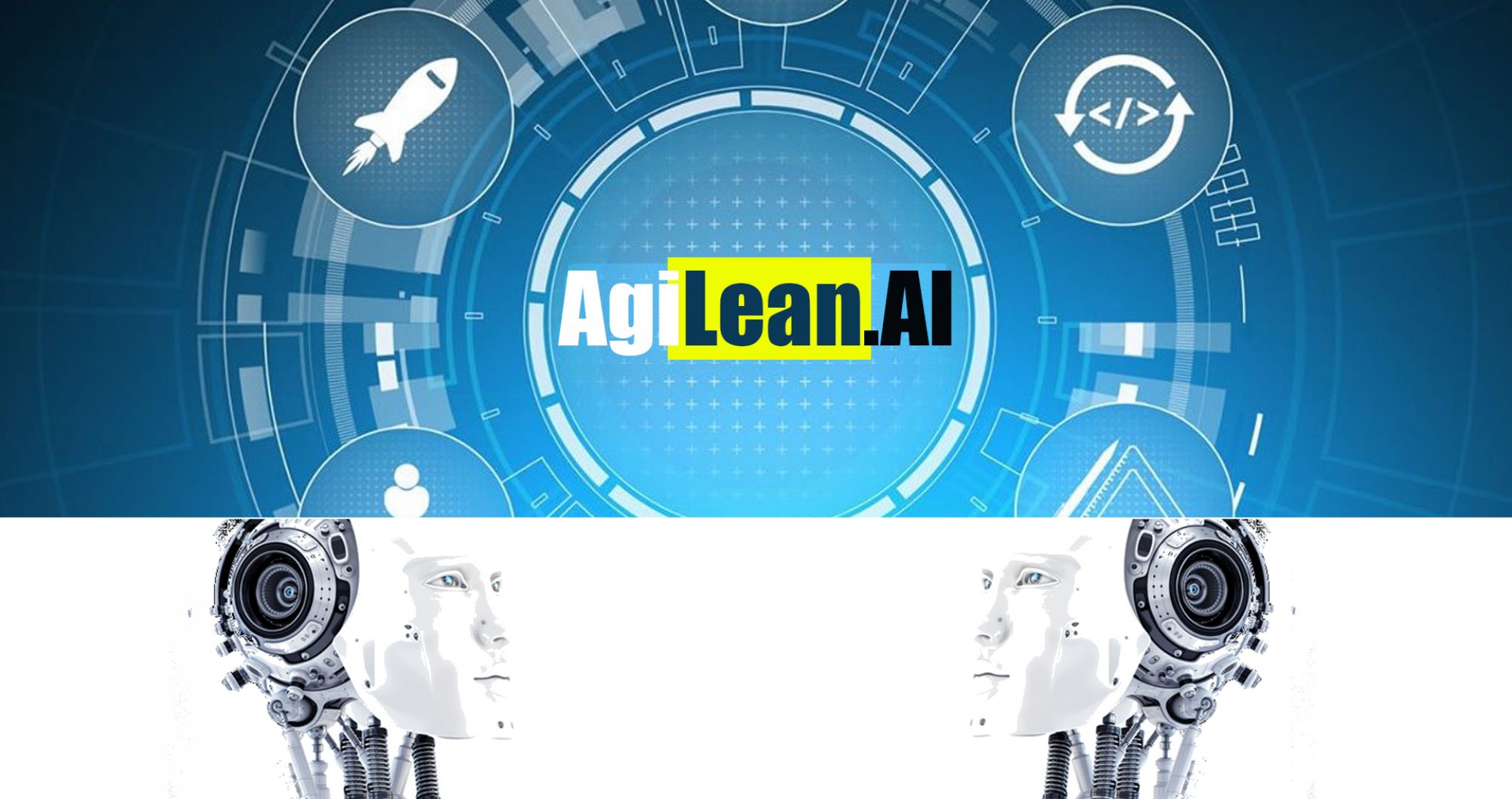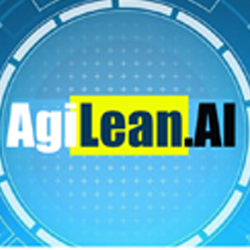This Agile AudioCast is brought to you by:
“Agile” Al Smith, Jr. from AgiLean.ai
Applying Lean to Build-In Quality
In the dynamic landscape of global business, organizations face the imperative to enhance their competitiveness by embracing principles that underscore speed, efficiency, and customer value. Two formidable methodologies that have gained prominence in this pursuit are Six Sigma and Lean. These approaches serve as potent tools, facilitating improvements in quality, productivity, profitability, and market positioning.
Lean methodology, a cornerstone of process improvement, is dedicated to the reduction of production time. By meticulously identifying and eliminating waste, Lean not only accelerates production but also contributes to an upswing in quality and revenue while concurrently mitigating the adverse impact of delays. The emphasis on waste reduction encompasses a spectrum of inefficiencies, ranging from unnecessary steps in a process to idle time between critical stages.
One of the pivotal facets of Lean methodology is its commitment to optimizing the entire process flow, from conceptualization to consumption. The overarching goal is to minimize the accumulation of large inventories at various stages of the workflow. For instance, in the realm of software development, a project may have fulfilled all specified requirements. However, if the subsequent steps, such as coding or testing, lag behind, the completed requirements morph into idle inventory, potentially concealing errors within the production process. Unraveling and addressing these hidden inventories become paramount to ensuring a streamlined and error-free workflow.
Moreover, Lean methodology advocates for the active involvement of customers in the improvement process. This collaborative engagement empowers customers to prioritize the value they seek in the final product. The significance of customer participation extends beyond mere satisfaction; it serves as a strategic measure to align the product development trajectory with the actual needs and preferences of the end-users. By incorporating customer insights, organizations not only enhance the quality of their offerings but also steer clear of the pitfalls associated with building products that may not align with market demands. This customer-centric approach is instrumental in minimizing waste arising from the production of the wrong product.
As organizations navigate the intricate landscape of global competition, Six Sigma emerges as another influential methodology, complementing the efforts of Lean. Unlike Lean, which primarily targets waste reduction and process flow enhancement, Six Sigma is laser-focused on reducing variation through a systematic problem-solving approach fortified by statistical tools. This methodology aims to elevate processes to a level of precision where deviations from the desired outcome are minimized to an exceptional degree.
The symbiotic relationship between Lean and Six Sigma is evident in their combined impact on organizational performance. While Lean concentrates on eliminating inefficiencies and optimizing process flow, Six Sigma serves as the vanguard against variations that could undermine the consistent delivery of high-quality products and services. The synergy between these methodologies is a potent formula for organizations striving to achieve excellence in their operations.
In the realm of technology and supply chain management, the role of barcodes becomes increasingly significant within the context of Lean and Six Sigma principles. Barcodes, with their ability to encode information in a machine-readable format, contribute to the efficiency goals pursued by both methodologies. In the Lean framework, barcodes facilitate accurate tracking of inventory and materials, reducing the risk of errors and ensuring a smooth flow of goods through the production process.
Moreover, Six Sigma benefits from the precision offered by barcodes in data collection and analysis. Barcoded data provides a standardized and reliable input for statistical tools, enabling organizations to identify and address variations with a higher degree of accuracy. This integration of barcodes into the data-driven methodologies of Six Sigma enhances the overall effectiveness of process improvement initiatives.

